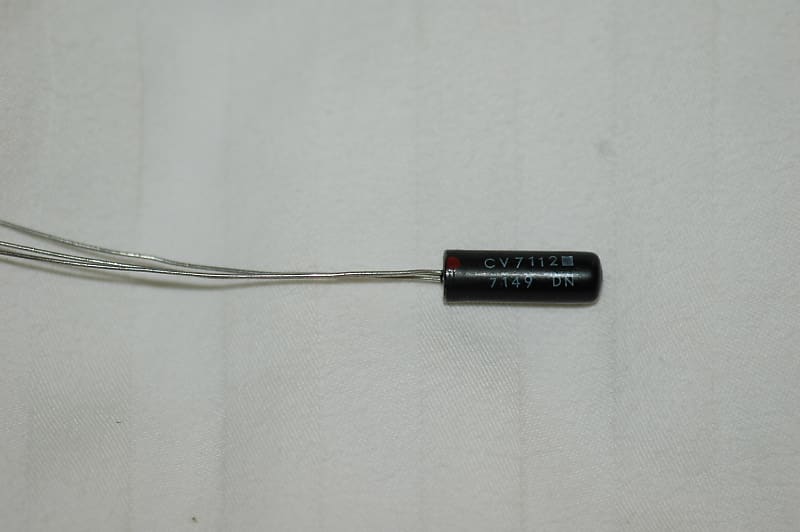I want to thank the contributors on this thread. Really helped with my build (still on the breadboard).
A few things I found - Changing the resistor on Q3C helps with the biasing. The higher the resistor value, the lower the voltage (and vice versa). Sounds best around 2.8V (for my russian ge transistor). Any more than 3.2V, the fuzz loses its sparkle. Less than 2.8V, the fuzz gets compressed and more velcro-like (which is also interesting). I put in a 20k pot with a resistor in series. The resistor here is to start the bias at around 3.1V.
Fuzz knob is a bit useless below 11 o'clock and it does not do anything different from messing with my guitar volume knob. Hence I removed it (along with the 10nf cap) to have fuzz always at full. I then introduced a bass cut circuit (the bass part passive G&L PTB circuit) at the start. The bass cut circuit allows for control of amount of wooliness in the fuzz which might be more useful.
A few things I found - Changing the resistor on Q3C helps with the biasing. The higher the resistor value, the lower the voltage (and vice versa). Sounds best around 2.8V (for my russian ge transistor). Any more than 3.2V, the fuzz loses its sparkle. Less than 2.8V, the fuzz gets compressed and more velcro-like (which is also interesting). I put in a 20k pot with a resistor in series. The resistor here is to start the bias at around 3.1V.
Fuzz knob is a bit useless below 11 o'clock and it does not do anything different from messing with my guitar volume knob. Hence I removed it (along with the 10nf cap) to have fuzz always at full. I then introduced a bass cut circuit (the bass part passive G&L PTB circuit) at the start. The bass cut circuit allows for control of amount of wooliness in the fuzz which might be more useful.


